चित्तौड़गढ़
( Chittorgarh )
Chittorgarh (also Chitror or Chittor or Chittaurgarh ) is a major city in the state of Rajasthan in western India. It lies on the Berach River, a tributary of the Banas, and is the administrative headquarters of Chittorgarh District. It was a major stronghold of the Rajput State of Medapata. (modern Mewar) The city of Chittorgarh is located on the banks of river Gambhiri and Berach.
Chittorgarh is home to the Chittor Fort, the largest living fort in India and Asia. It was sacked thrice; first in 1303 by Alauddin Khalji, again in 1535 by Bahadur Shah of Gujarat, and lastly by the Mughal Emperor Akbar in 1568. Its Hindu Rajput rulers fought fiercely to maintain their independence. On all three occasions when faced with a certain defeat, the men fought to death, while the women committed suicide by jauhar (mass self-immolation). Chittor also has been a land of worship for Meera. It is also known for Panna ...Read more
Chittorgarh (also Chitror or Chittor or Chittaurgarh ) is a major city in the state of Rajasthan in western India. It lies on the Berach River, a tributary of the Banas, and is the administrative headquarters of Chittorgarh District. It was a major stronghold of the Rajput State of Medapata. (modern Mewar) The city of Chittorgarh is located on the banks of river Gambhiri and Berach.
Chittorgarh is home to the Chittor Fort, the largest living fort in India and Asia. It was sacked thrice; first in 1303 by Alauddin Khalji, again in 1535 by Bahadur Shah of Gujarat, and lastly by the Mughal Emperor Akbar in 1568. Its Hindu Rajput rulers fought fiercely to maintain their independence. On all three occasions when faced with a certain defeat, the men fought to death, while the women committed suicide by jauhar (mass self-immolation). Chittor also has been a land of worship for Meera. It is also known for Panna Dai and Rani Padmini.
Originally called Chitrakuta, the Chittor Fort is said to have been built by Chitranga, a mori king.[1][2]
The Guhila (Gahlot) ruler Bappa Rawal is said to have captured the fort in either 728 CE or 734 CE.[1] However, some historians doubt the historicity of this legend, arguing that the Guhilas did not control Chittor before the reign of the later ruler Allata.[3]
Chittor was known as " Chit-Ror " at that time . Between 1251 and 1258 , Balban repeatedly led troops to Chitror fort .[4] [5] Under the orders of Alauddin Khilji , Ulugh Khan laid a siege in the direction of Ranthambore , Chitror and Bundi forts. [6] [7]
 ASI board installed at Chittorgarh fort inform about Moris clain as Mauryan dynasty branch.
ASI board installed at Chittorgarh fort inform about Moris clain as Mauryan dynasty branch.In 1303, the Delhi Sultanate ruler Alauddin Khilji defeated the Guhila king Ratnasimha, and captured the fort.[8] The fort was later captured by Hammir Singh, a king of the Sisodia branch of the Guhilas. Chittor gained prominence during the period of his successors, which included Rana Kumbha and Rana Sanga. In 1535, Bahadur Shah of Gujarat besieged and conquered the fort. However Bahadur Shah was not able to hold Chittor for long and the Sisodia's captured it within a short time of his departure.[9]
In 1567–68, the Mughal emperor Akbar besieged and captured the fort.[10] In 1615, as part of a peace treaty between Akbar's successor Jahangir and the Maharana of Mewar, Amar Singh I, Mewar accepted Mughal suzerainty and the fort as well as the areas surrounding Chittorgarh were given to Mewar. However, due to the military danger presented by the fort, it was never to be fortified or even repaired.[11] Later, it was occupied by the British Indian Empire.[citation needed] The fort was refurbished in 1905 during British Raj.[12]




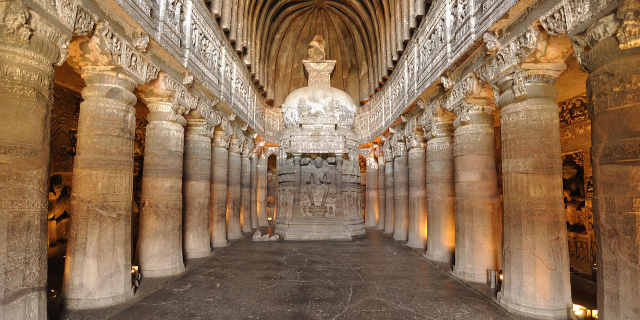

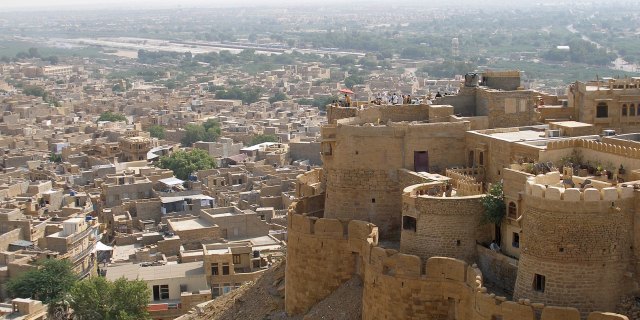
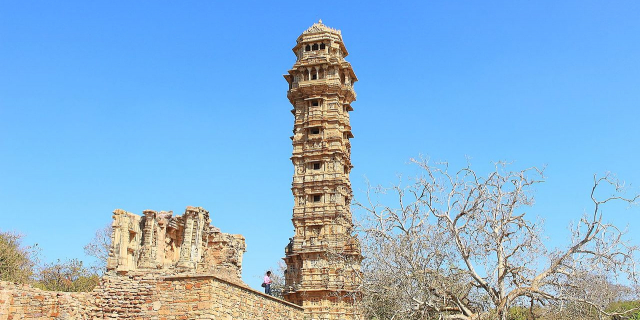

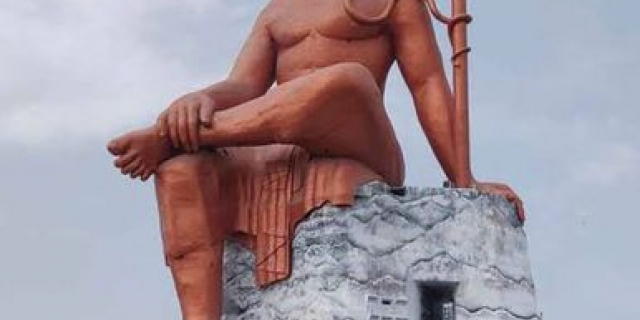

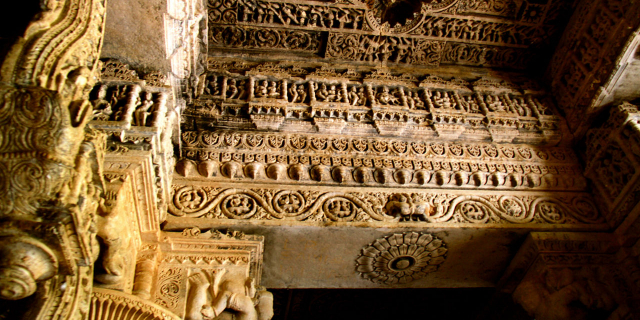

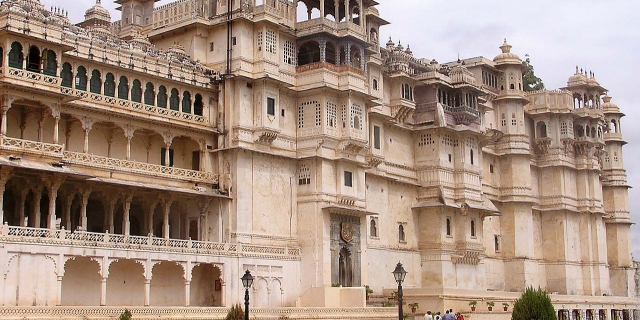

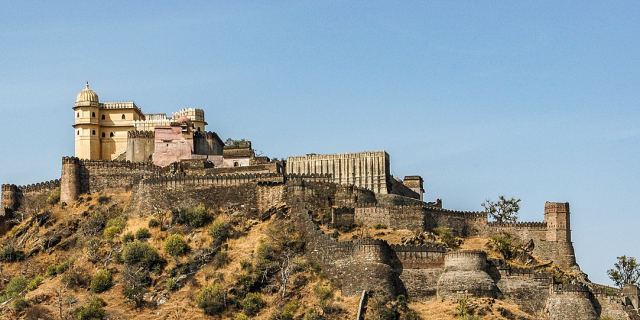

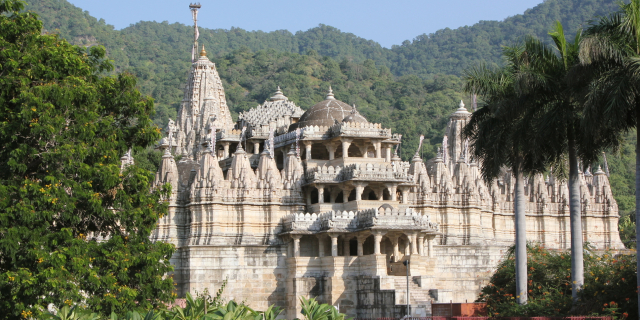

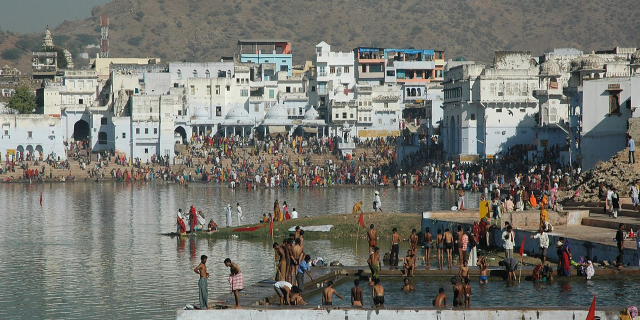

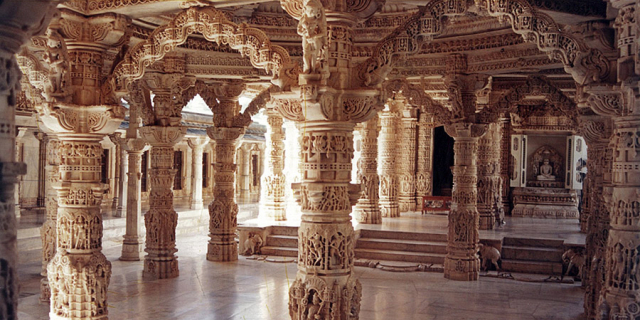
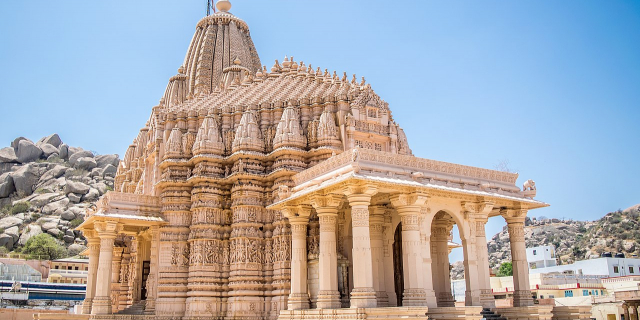
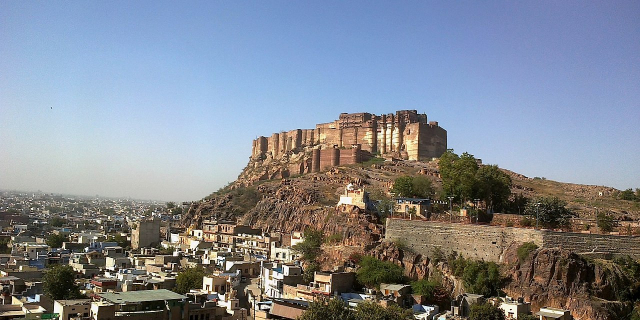

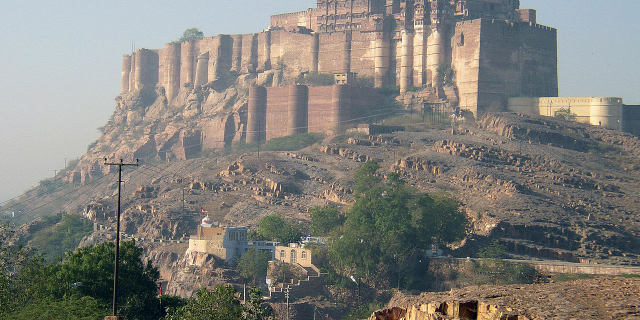

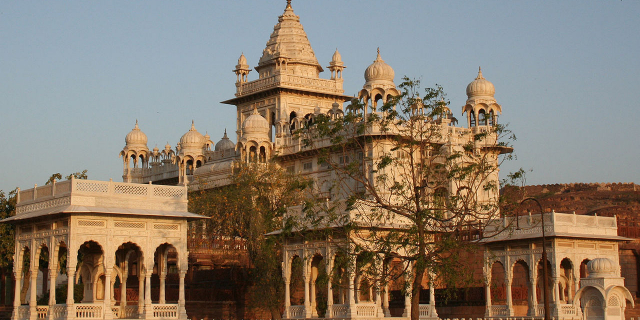









Add new comment